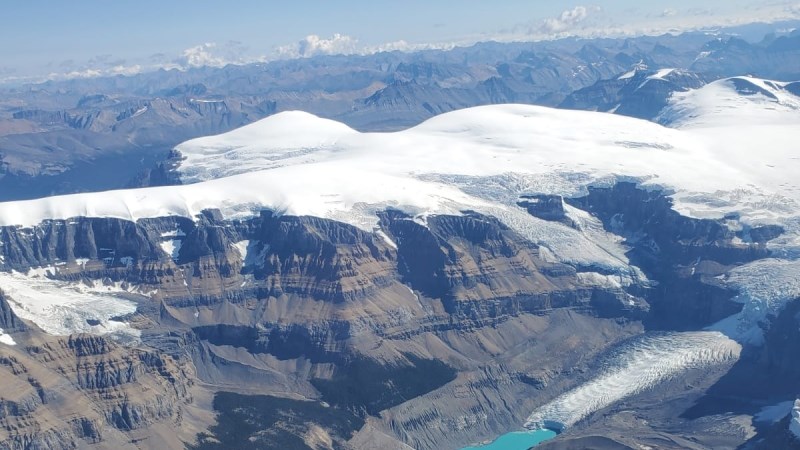Most of Western Canada's glaciers will be nothing more than a memory by the end of this century, a team of researchers is predicting.
In a paper published Thursday in the journal Science, the team evaluated the impact different greenhouse gas emission scenarios will have on Earth’s glaciers.
Climate pledges from the 2021 Conference of Parties (COP-26) would raise global temperatures by +2.7 C, contribute an additional 115 mm of sea level rise (± 40 mm), and deglaciate most mid-latitude mountainous regions - including those in Western Canada.
”Even if global temperatures were to rise by 2 C above pre-industrial levels, mountains in the Middle East, Caucasus, Central Europe Middle East, North Asia and Western Canada and the conterminous U.S. are projected to experience widespread deglaciation,” said David Rounce, the lead author and assistant professor at Carnegie Mellon University
In Western Canada and elsewhere, glaciers provide cool, plentiful water during late summer when seasonal snow has melted or during years of drought. But continued emission of greenhouse gasses will decimate these frozen, freshwater reservoirs in the decades ahead.
”Sadly, our collective inaction on reducing our dependency on the use of fossil fuel has already committed our glaciers to substantial mass loss for the foreseeable future,”, said University of Northern British Columbia professor and study co-author Brian Menounos.
”Our recent work confirms results from an earlier study for western Canada that suggested widespread deglaciation within the mountains of western Canada by the end of this century. Our current study uses the newest climate projections reported in the Intergovernmental Panel on Climate Change Assessment Report, improved physical representations of glaciers and new approaches to calibrate physically based models that simulate the response of Earth’s glaciers to future climate.”
To calibrate their projections, researchers used data processed by a supercomputer located at UNBC, that constructed digital elevation models based on satellite images. The computer, jointly funded by UNBC and the Tula Foundation, allowed researchers to analyze more than 440,000 images.
The most recent results show that, irrespective of emission pathways, glaciers continue to lose substantial mass until about 2040. After 2040, however, glacier mass loss depends on the projected greenhouse gas emissions which ultimately controls global temperatures.



